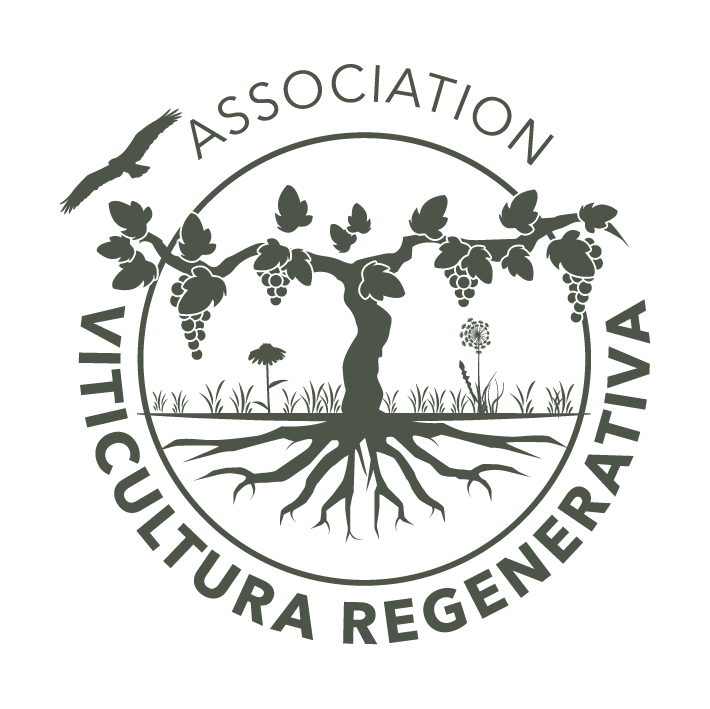Atlas of Soil Biodiversity: an interesting publication about the importance of European soil biodiversity and its threats
Most of the ecosystem processes that support life on the planet (soil fertility, nutrient cycling, greenhouse gas fluxes, pollution control, antibiotics, etc.) are driven by soil biology that is often "out of sight and out of mind". Biodiversity loss and climate change are two of the most pressing challenges of our time. Soil biodiversity is part of the solution to both. Taking action to protect soil biodiversity is doubly useful, as it helps aboveground habitats.
The atlas is a comprehensive guide to soil biology that highlights areas in Europe where soil biodiversity is most at risk of deterioration, which plays a key role in agriculture and in the water and carbon cycle and thus in climate change.
The first part of the atlas studies the subsurface soil environment, its multiple uses, the "goods and services" of the ecosystem functions performed by the soil organism, the important value it has for human activities and its relevance to global biogeochemical cycles.
The second part is an "Encyclopedia of Soil Biodiversity". starting with the smallest organisms, such as bacteria, it goes through a series of taxonomic groups such as fungi, nematodes, insects and macrofauna that illustrate the levels of heterogeneity of subterranean life.
The Soil Biodiversity Atlas is the result of collaboration between the European Commission's Joint Research Center in Ispra, Italy, and the world's leading experts on soil biodiversity from academia, industry and bodies such as the Food and Agriculture Organization of the United Nations (FAO) and the Convention on Biological Diversity (CBD).
